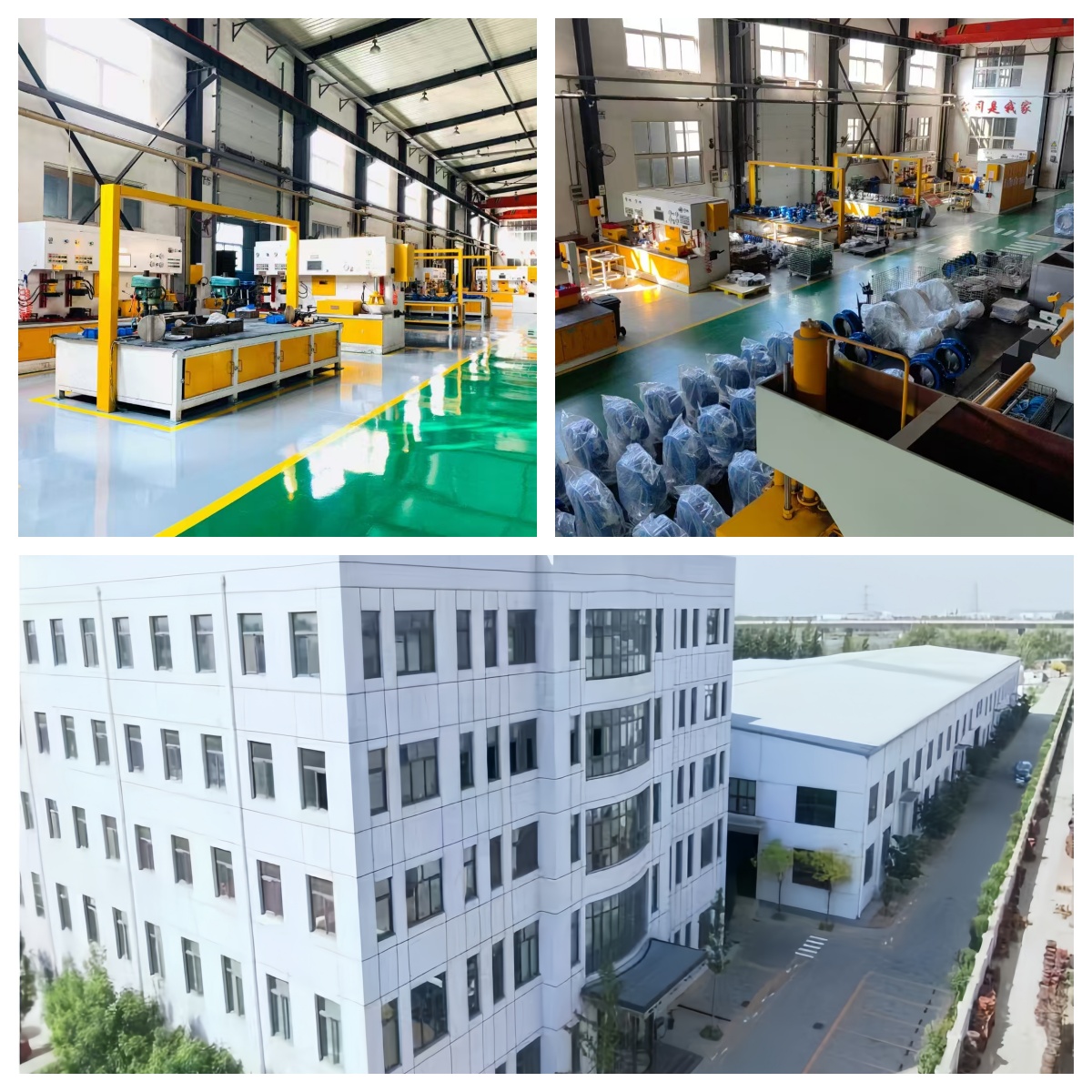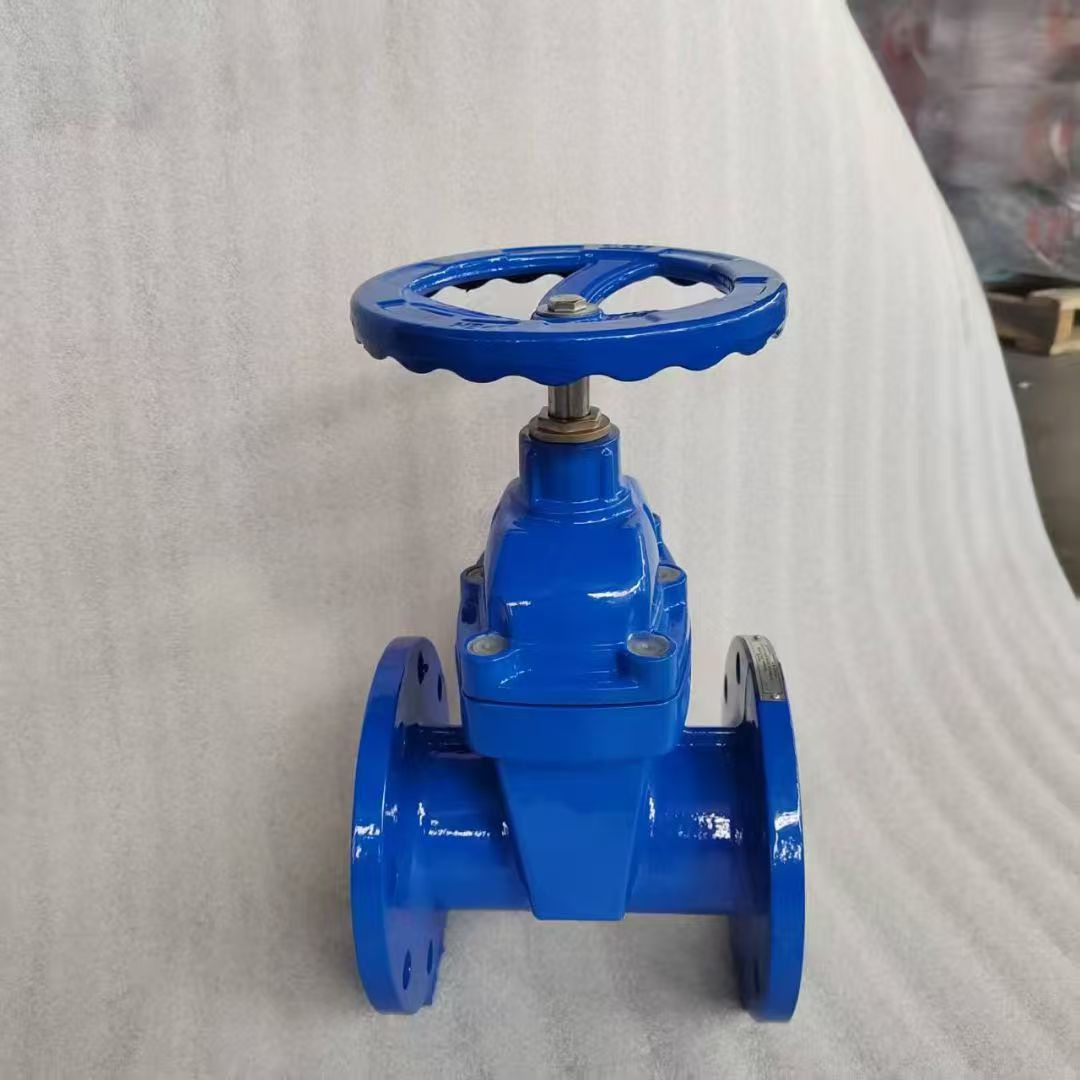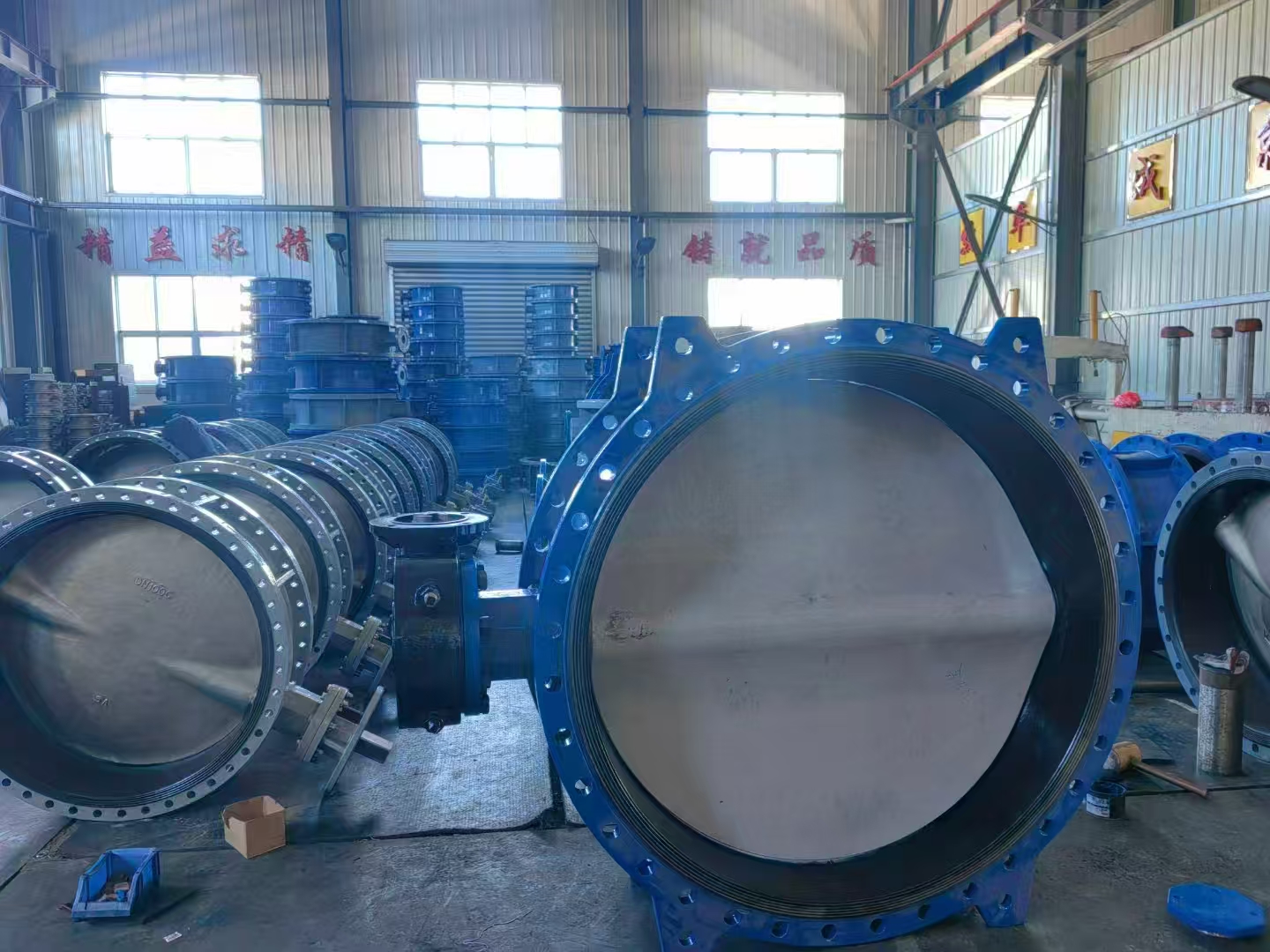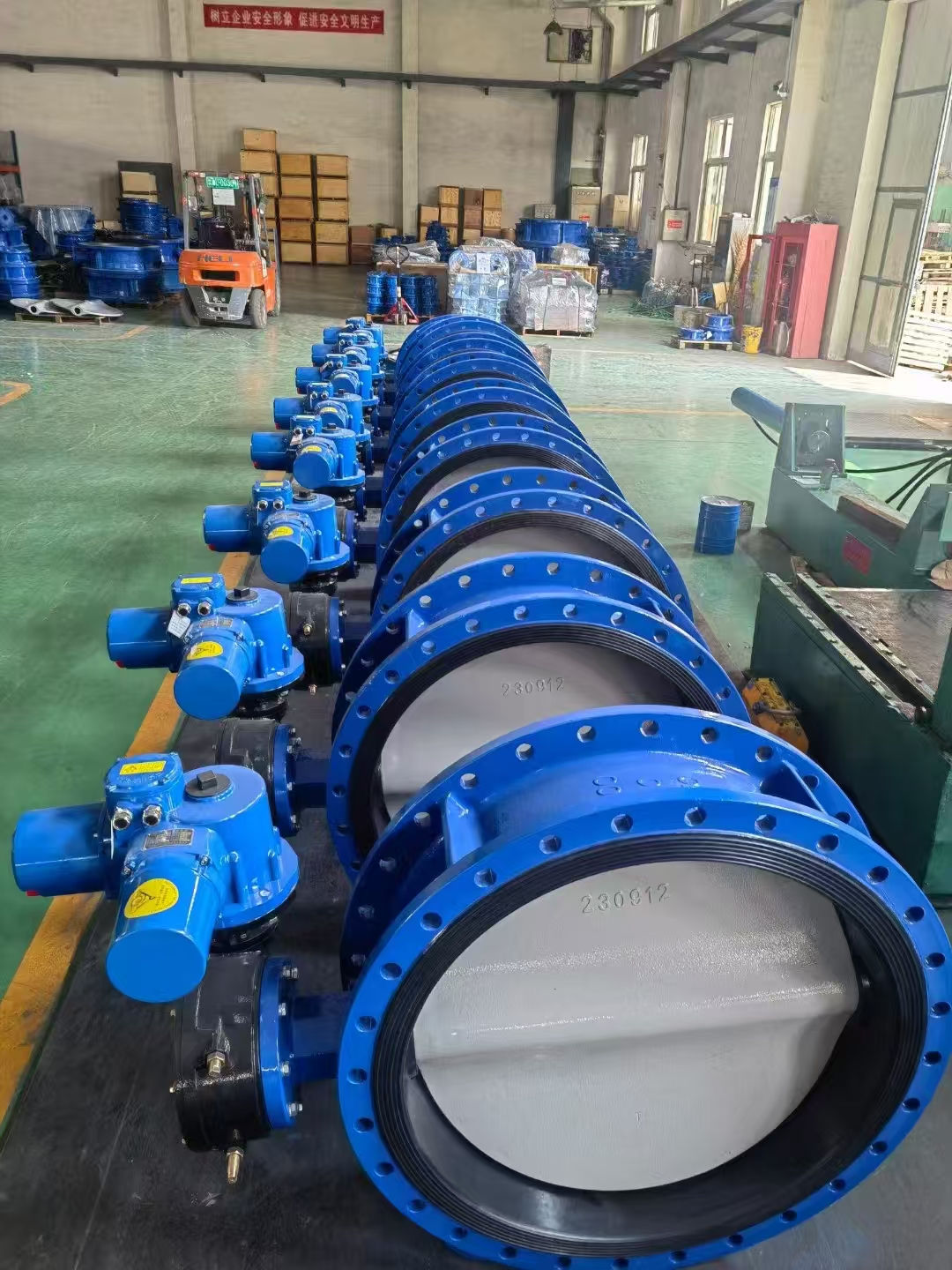Valve sealing test methods and common problems
I. Test purpose and method
The sealing performance of the valve is an important factor to ensure the safety of valve operation. Therefore, a sealing test must be performed when the valve is installed, maintained or replaced. The main methods for valve sealing test are water pressure test, air tightness test, diving test, etc., among which water pressure test is the most common test method. Before testing, it is necessary to check whether the appearance, internal structure and status of various parts of the valve meet the requirements.
II. Test standards and procedures
The main standards for valve sealing test are JB/T9092, GB/T13927-92, etc. The specific test process is as follows:
1. Place the valve in the test device.
2. Push the valve to the fully closed position and close the valve.
3. Pressurize the valve to the specified pressure and keep it for a period of time.
4. Check the leakage of the valve and the degree of pressure attenuation.
III. Analysis of common problems
1. Pressure leakage. This may be caused by defects in the valve sealing surface or improper installation. This problem can be solved by multiple tests or replacement of the valve sealing surface.
2. The pressure decays relatively quickly. This may be caused by valve leakage. This problem can be solved by replacing the sealing gasket, checking the valve surface, etc.
3. The valve cannot be closed. This may be caused by the pressure balance inside the valve. You can open some auxiliary devices to disturb the balance and then test it.
In short, the importance of valve sealing test is self-evident. By adopting scientific and reasonable testing methods and standards, the normal operation of the valve can be guaranteed and the work efficiency and safety can be improved.








